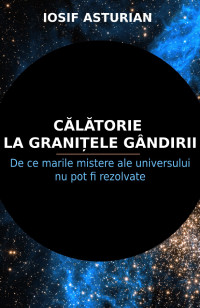
Hazel Flight, Edge Hill University
There’s been a lot of chat on social media over the past few months about the importance of magnesium supplements. Many suggest that symptoms such as trouble sleeping, tense muscles and low energy are all signs you’re deficient and should be taking a magnesium supplement.
As it turns out, many of us probably are somewhat deficient in magnesium. According to research, most aren’t consuming the recommended amount of magnesium to support our body’s needs. It’s also estimated that in developed countries, between 10-30% of the population has a slight magnesium deficiency.
Magnesium is one of the many micronutirents the body requires to remain healthy. It’s essential for helping more than 300 enzymes carry out numerous chemical processes in the body, including those that produce proteins, support strong bones, control blood sugar and blood pressure and maintain healthy muscles and nerves. Magnesium also acts as an electrical conductor that helps the heart beat and contracts muscles.
- Detalii
- de: Hazel Flight
- Ştiri ştiinţă - engleză
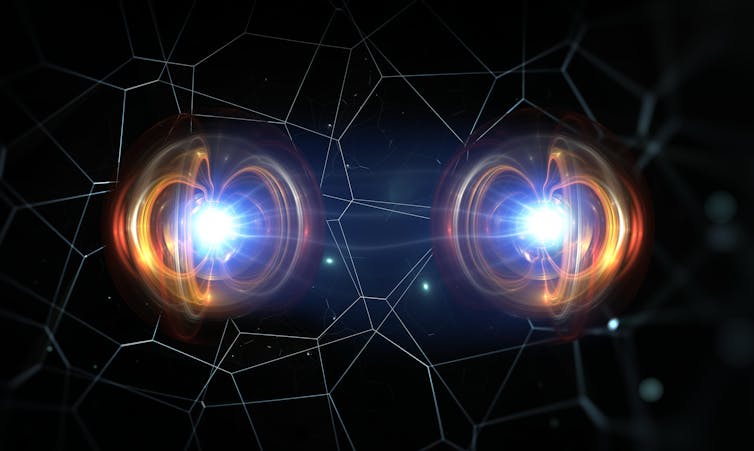
Lorcan Conlon, Australian National University and Syed Assad, Australian National University
Almost a century ago, German physicist Werner Heisenberg realised the laws of quantum mechanics placed some fundamental limits on how accurately we can measure certain properties of microscopic objects.
However, the laws of quantum mechanics can also offer ways to make measurements more accurate than would otherwise be possible.
In new research published in Nature Physics, we have outlined a way to achieve more accurate measurements of microscopic objects using quantum computers. This could prove useful in a huge range of next-generation technologies, including biomedical sensing, laser ranging and quantum communications.
We were also able to push beyond the limits of a variation of Heisenberg’s “uncertainty principle” in certain circumstances, suggesting different uncertainty principles may be necessary in different scenarios.
- Detalii
- de: Lorcan Conlon și Syed Assad
- Ştiri ştiinţă - engleză

Mandy Hagstrom, UNSW Sydney and Mitchell Gibbs, UNSW Sydney
People asking for exercise advice are usually looking for a simple answer. Do this over that. Do this many of that thing, for this long. Get these gains. In reality, things are never that simple.
That’s certainly true for the age old question of how often one should change up one’s exercise routine. Unfortunately, there’s no single, perfectly designed study that answers this question exactly; much depends on things such as how fit you already are, your goals and how you train.
But if you’re thinking about changing your routine, here are some factors to consider.
- Detalii
- de: Mandy Hagstrom și Mitchell Gibbs
- Ştiri ştiinţă - engleză
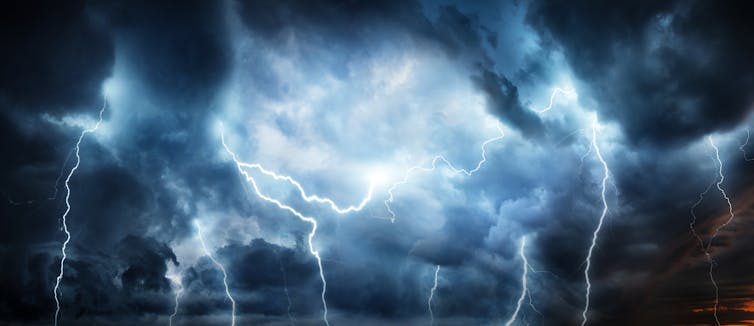
Ian Whittaker, Nottingham Trent University
Lightning may look beautiful but every year it kills thousands of people, does huge amounts of damage to buildings and infrastructure, and causes power outages.
The only protection we have is lightning rods, which were invented 300 years ago and only protect a small area.
The cost of damage from lightning strikes to buildings is hard to determine globally, but insurance company payouts to cover repairs to homes and businesses were roughly US$2 billion (£1.6 billion) in 2020 in the US. Insurance data from the UK suggests the costs of covering lightning strikes are increasing.
- Detalii
- de: Ian Whittaker
- Ştiri ştiinţă - engleză
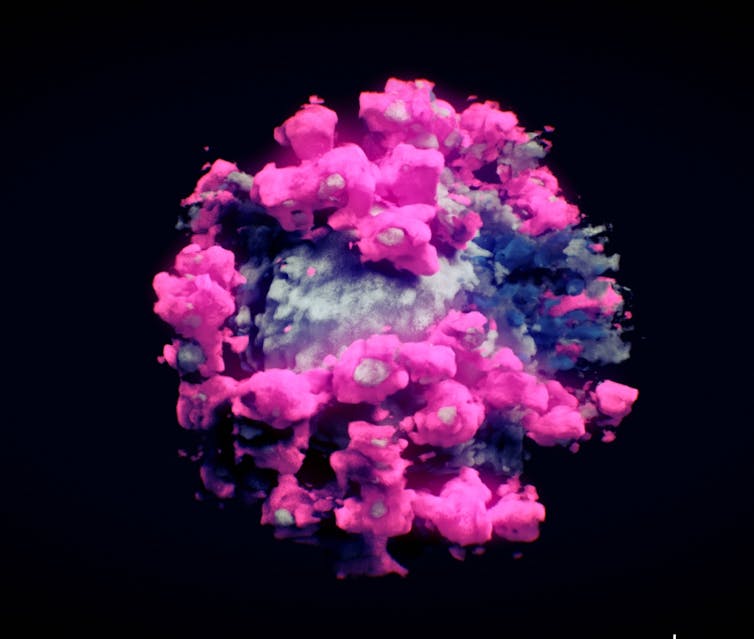
Jeremy Berg, University of Pittsburgh
All life is made up of cells several magnitudes smaller than a grain of salt. Their seemingly simple-looking structures mask the intricate and complex molecular activity that enables them to carry out the functions that sustain life. Researchers are beginning to be able to visualize this activity to a level of detail they haven’t been able to before.
Biological structures can be visualized by either starting at the level of the whole organism and working down, or starting at the level of single atoms and working up. However, there has been a resolution gap between a cell’s smallest structures, such as the cytoskeleton that supports the cell’s shape, and its largest structures, such as the ribosomes that make proteins in cells.
- Detalii
- de: Jeremy Berg
- Ştiri ştiinţă - engleză

NASA / Goddard Space Flight Center / Jeremy Schnittman
Sam Baron, Australian Catholic University
Black holes form natural time machines that allow travel to both the past and the future. But don’t expect to be heading back to visit the dinosaurs any time soon.
At present, we don’t have spacecraft that could get us anywhere near a black hole. But, even leaving that small detail aside, attempting to travel into the past using a black hole might be the last thing you ever do.
- Detalii
- de: Sam Baron
- Ştiri ştiinţă - engleză
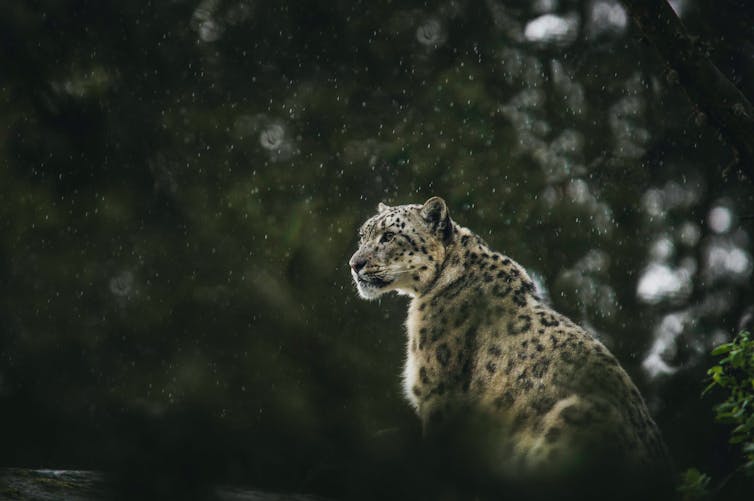
Corey J. A. Bradshaw, Flinders University and Giovanni Strona, University of Helsinki
Climate change is one of the main drivers of species loss globally. We know more plants and animals will die as heatwaves, bushfires, droughts and other natural disasters worsen.
But to date, science has vastly underestimated the true toll climate change and habitat destruction will have on biodiversity. That’s because it has largely neglected to consider the extent of “co-extinctions”: when species go extinct because other species on which they depend die out.
Our new research shows 10% of land animals could disappear from particular geographic areas by 2050, and almost 30% by 2100. This is more than double previous predictions. It means children born today who live to their 70s will witness literally thousands of animals disappear in their lifetime, from lizards and frogs to iconic mammals such as elephants and koalas.
But if we manage to dramatically reduce carbon emissions globally, we could save thousands of species from local extinction this century alone.
- Detalii
- de: Iosif A.
- Ştiri ştiinţă - engleză
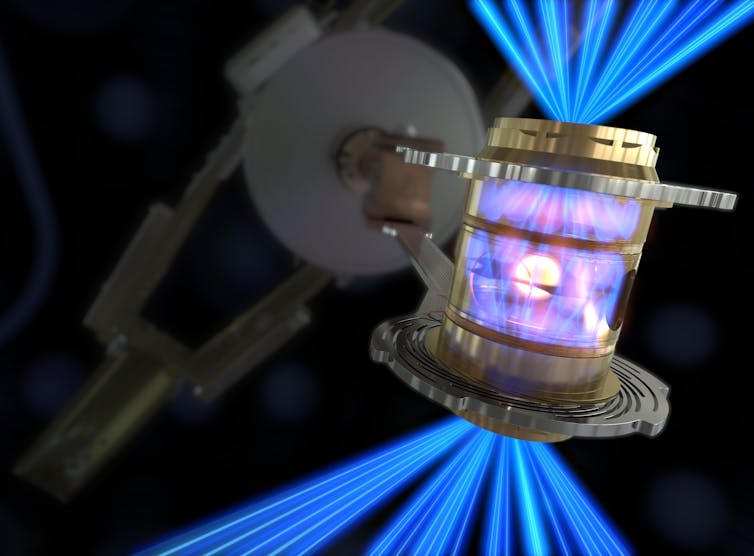
John Pasley, University of York
Researchers in the US have finally fulfilled an objective that was set decades ago: the achievement of “ignition” – getting more energy out than you put in – using nuclear fusion.
The scientists at the Lawrence Livermore National Laboratory’s National Ignition Facility (NIF), where the experiment took place, are no doubt both excited and relieved to finally fulfil the promise implied by the name of their facility. But how excited should the rest of us be? What does this really mean for the possibility of creating effectively unlimited amounts of clean energy, and what else needs to happen to achieve this?
While the fusion reactions released more energy that was put in to the target, this doesn’t take into account the far greater quantities of energy needed to fire the laser that was used to drive the experiment. Also the burst of energy was not in the form of electricity, but a pulse of energetic particles. Harnessing those particles to produce electricity – and keeping a fusion reactor running constantly – will entail overcoming many hurdles.
Nevertheless, ignition is a remarkable achievement, and one which promises to stimulate interest in, and possibly also leverage funds for, tackling these further challenges.
- Detalii
- de: John Pasley
- Ştiri ştiinţă - engleză

Ana Clemente, Universitat de Barcelona
We humans, like other cognitive systems, are sensitive to our environment. We use sensory information to guide our behaviour. To be in the world.
We decide how to act based on the hedonic value we assign to objects, people, situations or events. We seek out and engage in behaviours that lead to positive or rewarding outcomes and avoid those that lead to negative or punitive consequences. We construct our knowledge of the world according to how much we like elements of the environment, and we do so by learning and generating expectations about them.
Hedonic valuation is, in short, a fundamental biological mechanism. Moreover, it is crucial for survival.
- Detalii
- de: Ana Clemente
- Ştiri ştiinţă - engleză
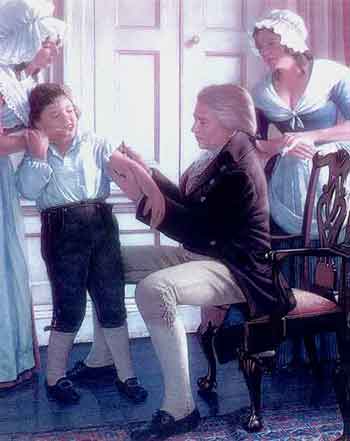
Edward Jenner, părintele imunologiei, vaccinându-l pe James Phipps, un băieţel de 8 ani
Back in the 18th century, it was a wonder how anyone ever survived a trip to the doctor. Many didn’t. England’s drug stores were stocked with bulls’ penises, frogs’ lungs, and powdered Egyptian mummy, which was evidently used against tuberculosis. Syphilis, known as the “Great Pox,” was treated with mercury. Never mind that it made you slobber and eventually go mad. The Scottish physician John Brown, the author of "Elementa Medicinae," simply gave his patients roast beef, opium, and booze. Many people thought he was pretty much a genius.
- Detalii
- de: Brendan Borrell
- Ştiri ştiinţă - engleză

Claudia Picard-Deland, Université de Montréal and Tore Nielsen, Université de Montréal
Having the same dream again and again is a well-known phenomenon — nearly two-thirds of the population report having recurring dreams. Being chased, finding yourself naked in a public place or in the middle of a natural disaster, losing your teeth or forgetting to go to class for an entire semester are typical recurring scenarios in these dreams.
- Detalii
- de: Iosif A.
- Ştiri ştiinţă - engleză
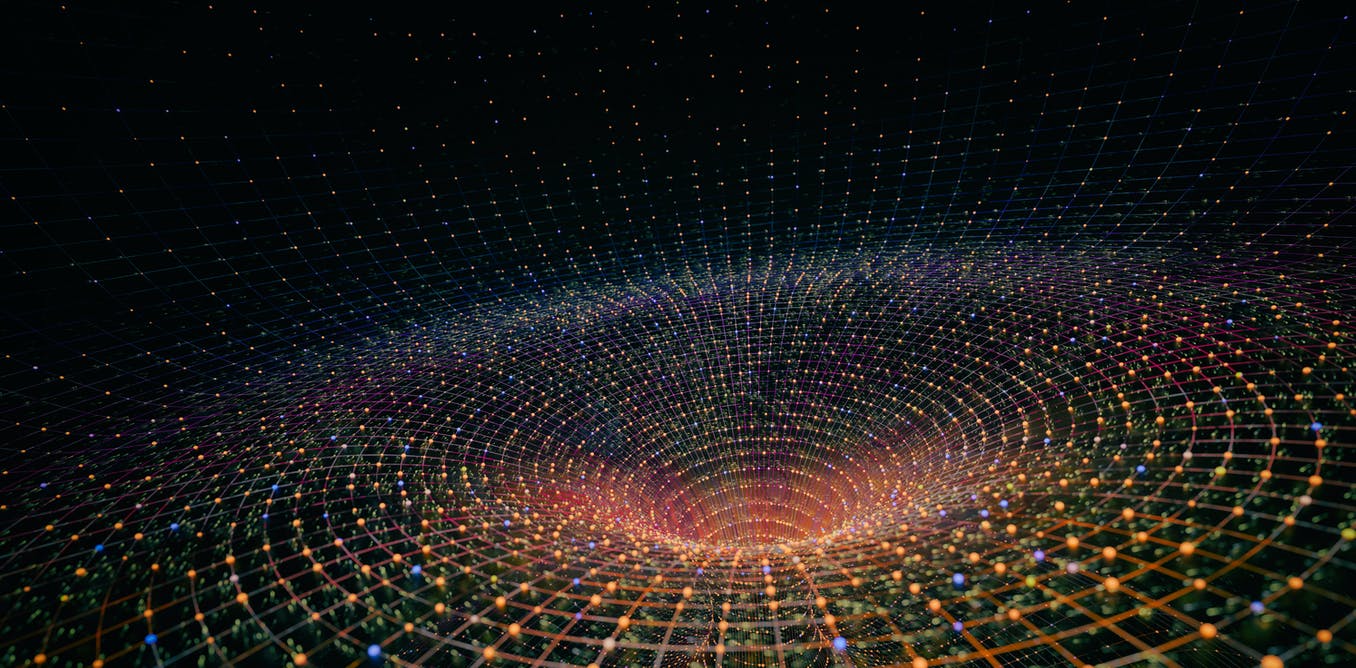
Noor Gillani, The Conversation
We’ve known for some time now our universe is expanding, and in recent years discovered this was happening considerably faster than we’d expected.
- Detalii
- de: Noor Gillani
- Ştiri ştiinţă - engleză
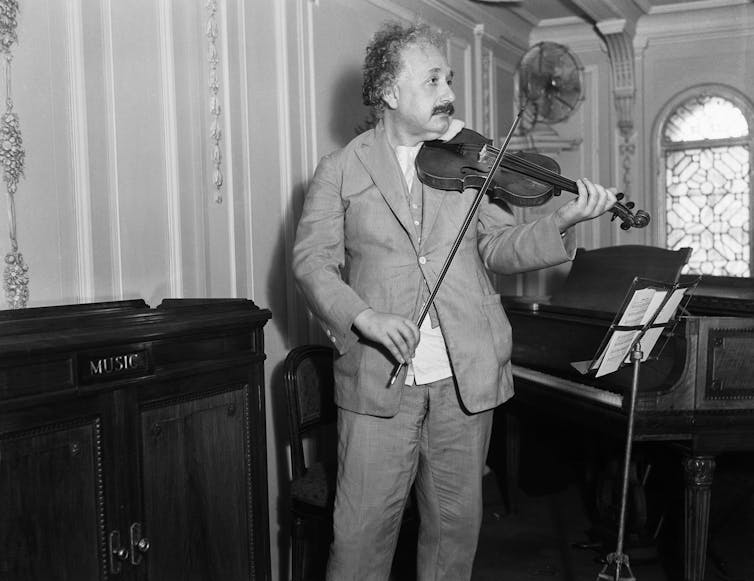
- Detalii
- de: Iosif A.
- Ştiri ştiinţă - engleză

COVID-19 vaccines: How Pfizer's and Moderna's 95% effective mRNA shots work
Julian Daniel Sunday Willett, McGill University
The COVID-19 pandemic has driven a massive allocation of resources towards producing solutions, from identifying life-saving medications, tracking how the virus spreads and ultimately to preventing infection with vaccines.
As a physician scientist, I study how the virus has evolved over the pandemic, since any changes in the virus could also change the effectiveness of current treatments. On Nov. 9, Pfizer announced preliminary trial results showing that a vaccine it developed with BioNTech was about 90 per cent effective. That was followed up nine days later with final trial results and two months of safety data, indicating a 95 per cent effectiveness rate.
- Detalii
- de: Julian Daniel Sunday Willett
- Ştiri ştiinţă - engleză

The science of climate change is more than 150 years old and it is probably the most tested area of modern science. However the energy industry, political lobbyists and others have spent the last 30 years sowing doubt about the science where none really exists. The latest estimate is that the world’s five largest publicly-owned oil and gas companies spend about US$200m each year on lobbying to control, delay or block binding climate-motivated policy.
This organised and orchestrated climate change science denial has contributed to the lack of progress in reducing global green house gas (GHG) emissions - to the point that we are facing a global climate emergency. And when climate change deniers use certain myths – at best fake news and at worse straight lies – to undermine the science of climate change, ordinary people can find it hard to see through the fog. Here are five commonly used myths and the real science that debunks them.
- Detalii
- de: Iosif A.
- Ştiri ştiinţă - engleză
